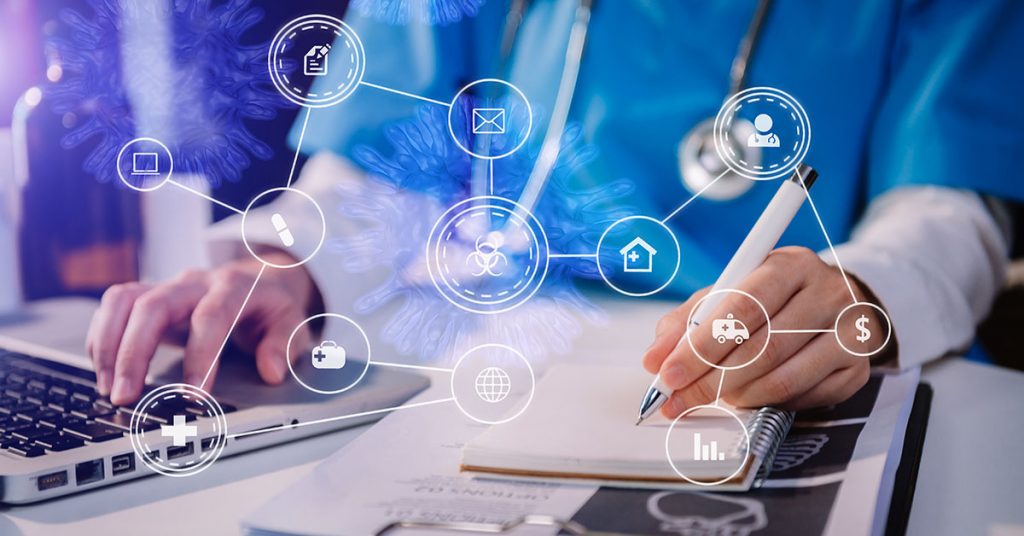
No matter the size of your organization or practice, increasing patient satisfaction is always a priority. And while ever-evolving and changing technologies can seem difficult to keep up with, putting in the work to stay up-to-date can help you achieve a multitude of goals.
That includes leveraging healthcare IT to improve patient outcomes and satisfaction. According to NRC Health’s Market Insights,51% of healthcare consumers identified convenience and access to care as the most important factors in their decision-making. Implementing the following processes can make care more convenient and easier to access, which benefits everyone on all sides.
Digital Scheduling
Patients are often eager to be able to schedule appointments digitally. This is true for many reasons. It can be more convenient for patients who may not be able to call in and schedule an appointment during your office hours. Another benefit patients see in digital scheduling is being able to view available appointment times in calendar format rather than hearing a list of times over the phone. That allows them to better sync appointments with their schedules, which will make them less likely to cancel them. Making things flexible and clear using healthcare IT is a good way to improve patient satisfaction.
Streamlining Check-Ins
Just like patients appreciate the opportunity to digital scheduling, they like being able to complete check-in before coming in when possible. Patients get frustrated by bottlenecks that create extra waiting time (just like they frustrate you). Being able to update health information and check-in for appointments before they get to the office will allow you to get them in and out more quickly.
Two-Way Texting
Texting has become the most popular of communication, so you should leverage that. Your patients are already texting all the time, so doing things like confirming appointments via text is a good way to seamlessly integrate healthcare IT into their day-to-day activities. Along with automated appointment reminders and confirmations, you can allow appointment rescheduling over text. It might not seem like a big deal, but some people will do anything to avoid getting on the phone.
You can use a two-way texting application to improve the patient-provider relationship by being able to follow-up and give instructions over text. All of these things will contribute to better patient satisfaction because they will be getting information and care in a way that doesn’t disrupt their daily flow.
Telehealth
Telehealth has been a growing facet of healthcare IT for many years. Today, it is showing an amazing amount of promise and looks like it may be the way of the future. In times where patients can’t physically get to the office (for whatever reason that is), they can still get the care they need. Convenience will always be a big driver for patient satisfaction.
Survey Technology
Survey technology is a great way to implement healthcare IT in a way that will improve patient satisfaction. Gathering information about how satisfied patients are currently will allow you to make improvements to increase satisfaction in the future. Knowing how patients feel is valuable information. Surveys have always been a way to learn how to improve things, even when they were analog. However, technology makes it even easier to incorporate them into the patient experience. Automate the surveys to send after a patient checks out from an appointment. Make it even easier by integrating it into two-way texting.
Reduced Errors in Documentation and Billing
Healthcare IT can help with accuracy, which will make your processes more accurate while improving outcomes for patients. Cloud computing makes it possible to share information with contractors who can leverage even more technology to improve documentation in a way that can greatly benefit your revenue cycle.
Fast Chart is a medical transcription company that combines technology, experience, and service. We provide innovative, accurate, and affordable outsourced clinical documentation. Our solutions are scalable include services and technologies like computer-assisted coding, automated transcription, and speech understanding to ensure accuracy in your clinical documentation no matter the size of your organization. To learn more about our services and how Fast Chart can help you with healthcare staffing challenges, contact us at (919) 477-5152.
